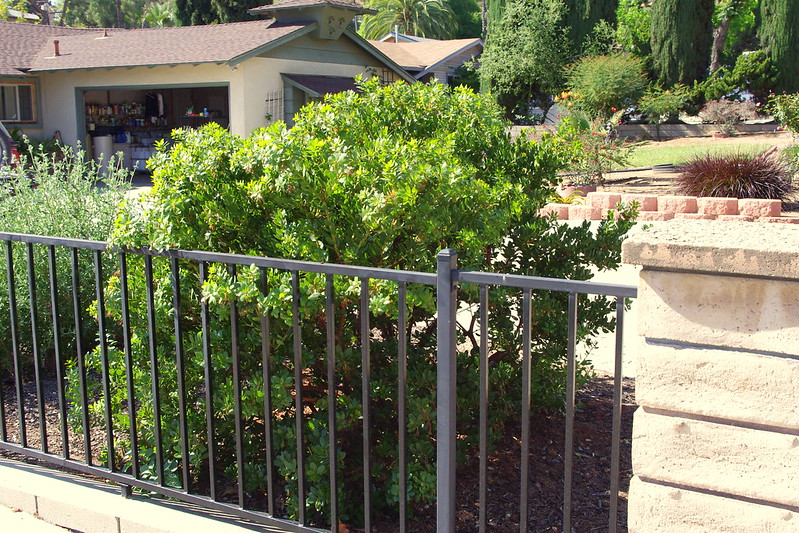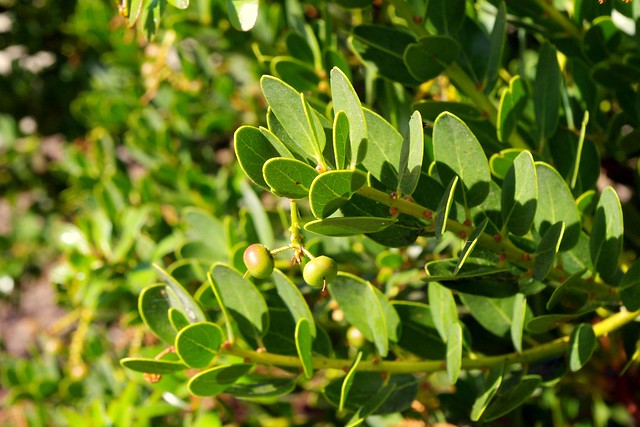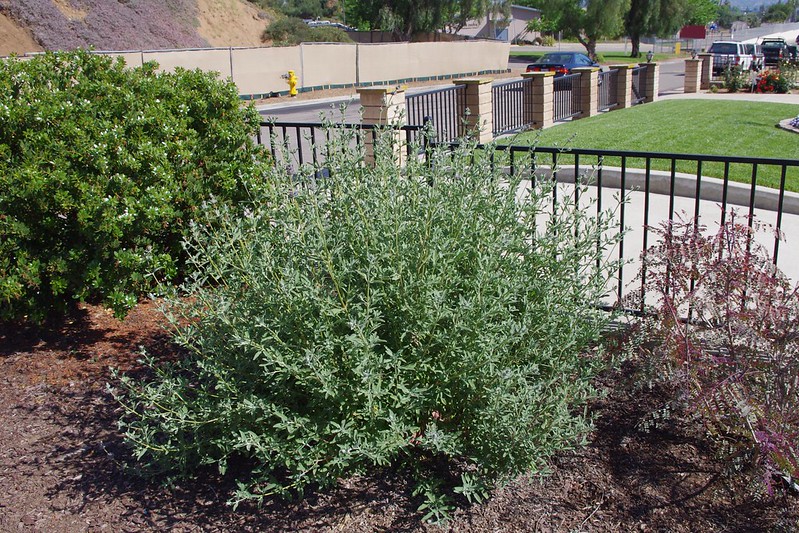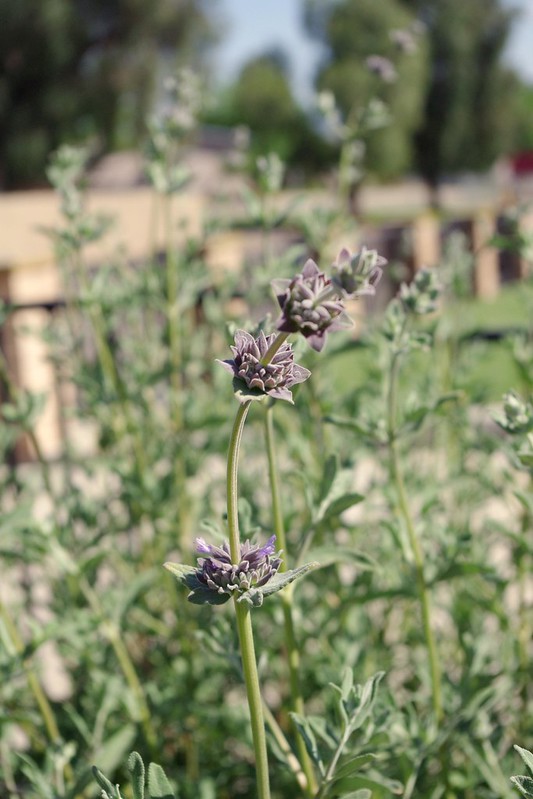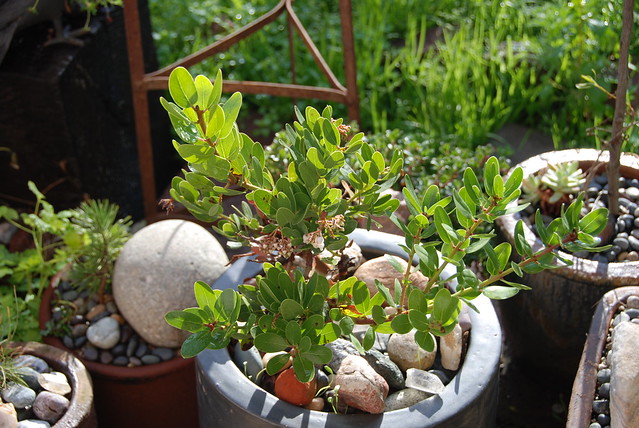A Landscape Tree for Southern California CitiesNot much to say of course about this tree other than it should be very familiar to most folks in Southern California. Although most likely most folks would never consider it a hot interior valley landscaping choice. I just thought I would take some shots of this and some other around my Mum's neighbourhood to illustrate just how successful these trees can be in the landscape.
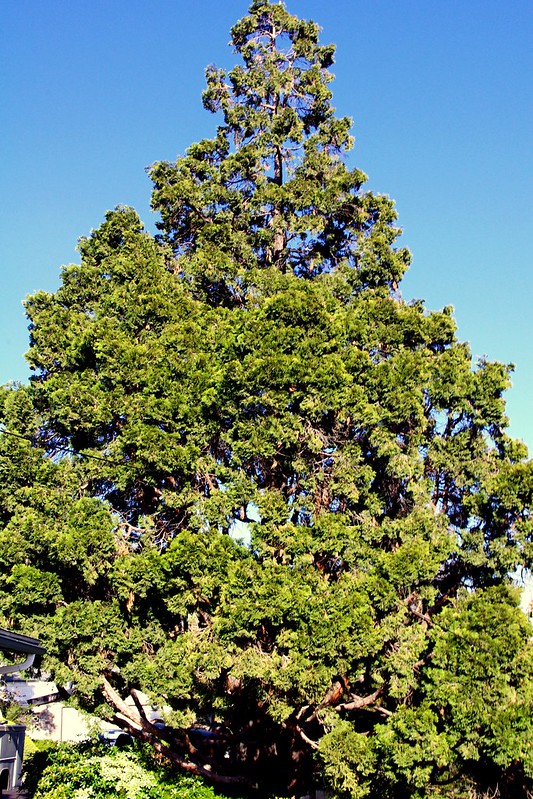 |
| Mine!!! |
This tree is located on the next street over from my Mum's house in El Cajon CA. It is right on Rattlesnake Mountain itself at the very top of that street. It is exactly 74 years old. It has always done rather well and has always been easily maintained. The view here of the tree is facing east towards the street.
 |
| Mine! |
This view is looking the Curb Appeal view which faces west. Many years ago back in the 1980s, my friend's mum was worried that the interior of the tree was dying as there were several small dead branches and twigs within it's interior. But this is common even in the mountain forests of So-Cal and the rest of the western coast where it is native. It simply self-prunes itself.
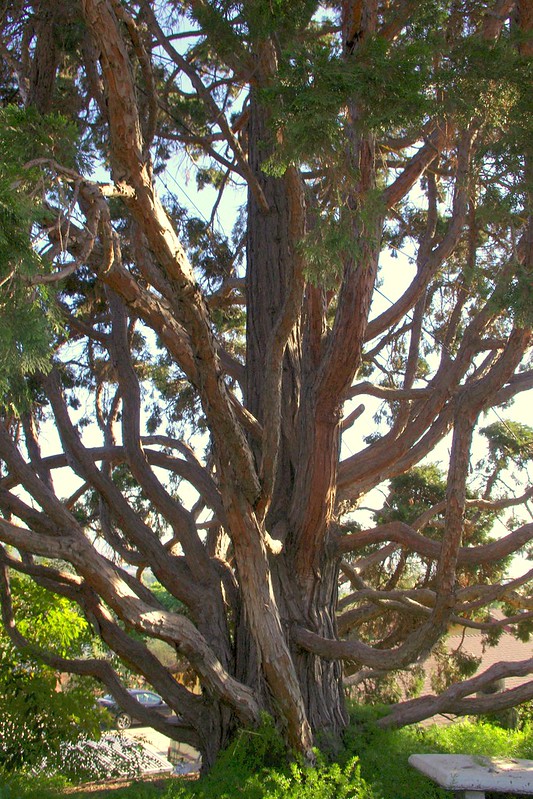 |
| Mine!! |
Even as a kid I always loved the multi-trunk twisted interior of this tree. It gives and interesting view of what one generally finds in a forested mountain environment where trees grow straight and tall and look almost like the California Redwoods. The difference in shape and form are related to what I wrote about some time back about "Phenotypic Plasticity" where lifeforms will respond differently to various environmental cues.
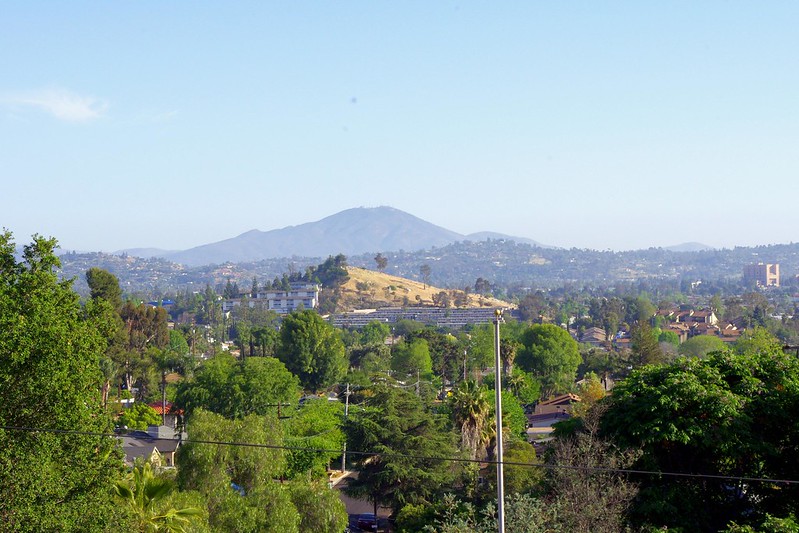 |
| Mine!!! |
Note to All Eco-Activists: Why not challenge yourself to restore the Land that was Lost ?
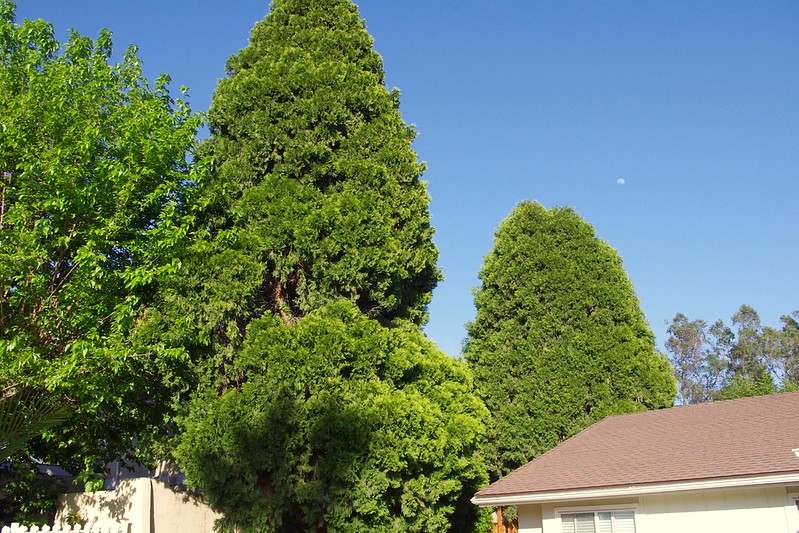 |
| photo: Mine |
 |
| Mine!!! |
 |
| Credit: Vladimir Steblina Incense Cedar Coarsegold , California |
Notice the clean giant redwood furrow barked truck which resembles Giant Sequoia ? In a landscape setting you could incorporate low growing Manzanita to mimic the plants in the foreground in this photo. Always be observant and creative when planning your landscape from things observed in the wild. Keep in mind that any maintenance you may have to do is merely mimicking what the Natural world does through animals, birds, weather/climate etc.
| Google Maps |

